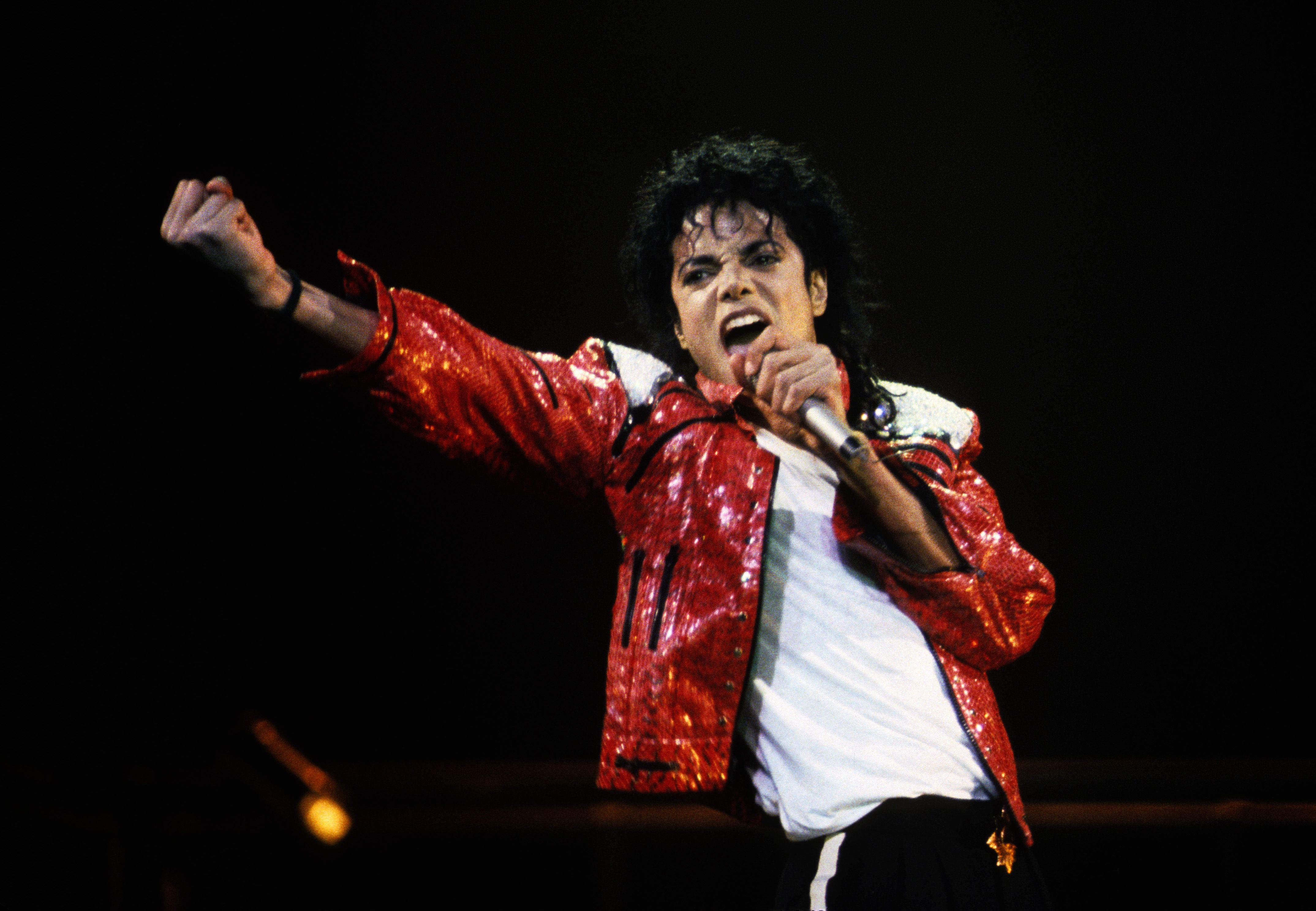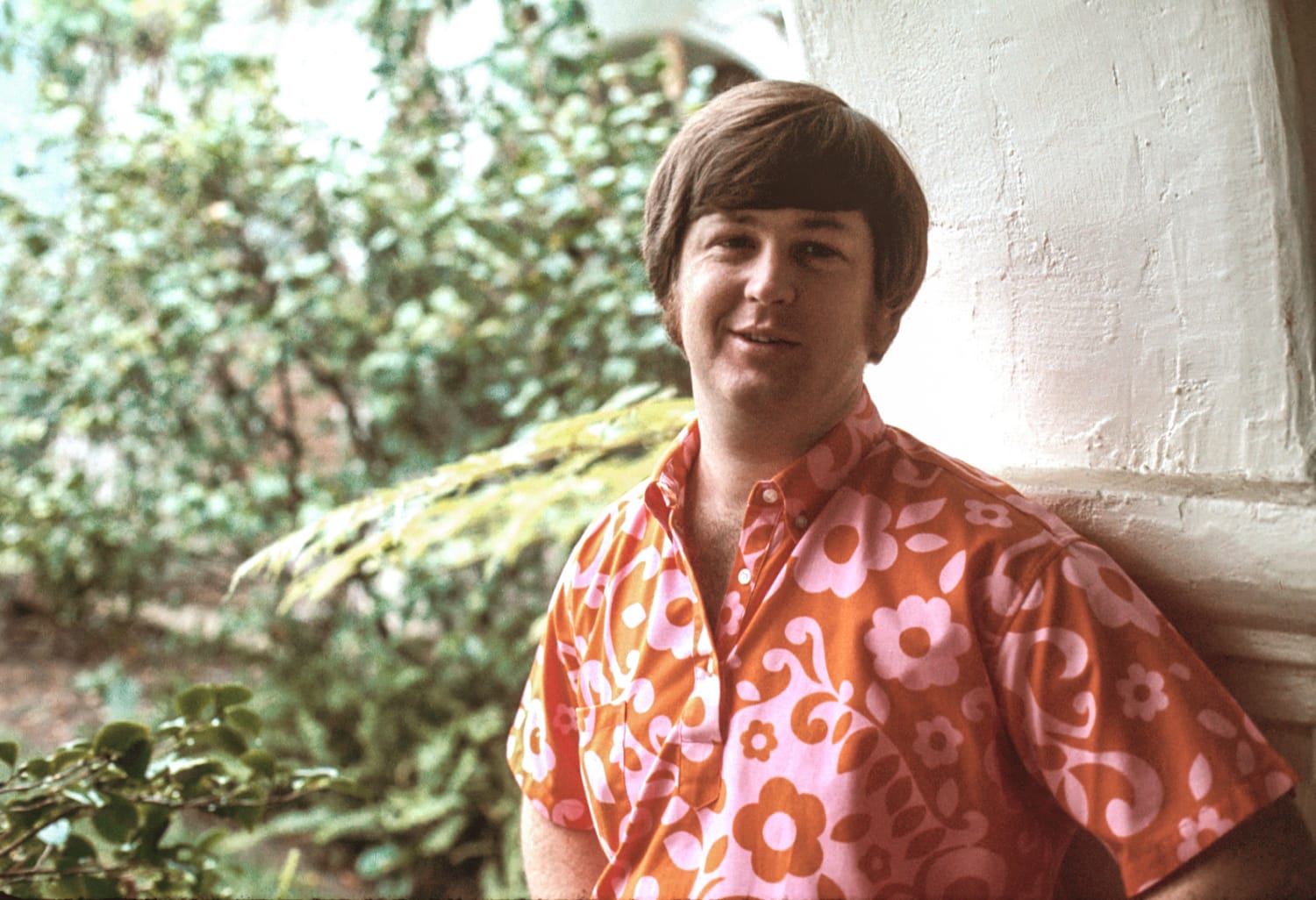
The dazzling allure of the spotlight often masks a profound truth: fame, for some, becomes an unbearable burden. While millions dream of celebrity status, of being adored and recognized, a select few who achieve it ultimately choose to retreat from public life. Their decisions to become recluses offer a fascinating, often poignant, glimpse into the human cost of living under constant scrutiny, reminding us that even the most celebrated individuals are not immune to the overwhelming pressures of constant public exposure.
In the glossy pages of magazines and the endless scroll of digital news, we often see the triumphs and the glamour that accompany a life in the public eye. But beneath that polished surface lie deeply personal struggles with immense pressure, intense expectations, and the relentless demands of media and public opinion. For these individuals, often highly sensitive or seeking a quiet life, the only viable path to peace meant stepping away from the very world that made them icons and instead embracing a self-imposed solitude to reclaim their sense of self.
These are not just stories of withdrawal; they are tales of seeking solace, protecting sanity, and reclaiming a sense of self in a world that sought to define them at every turn. As we delve into the lives of these remarkable figures, we aim to understand the complex reasons behind their choices, offering an empathetic look at the challenges faced by those who touched millions yet ultimately preferred the quiet solitude of their own making. Each narrative is a powerful reminder that even the biggest stars are, at their core, human beings navigating their unique paths, sometimes needing to disappear to truly live.

1. **Marlon Brando: The Godfather of Reclusion**Marlon Brando was, without a doubt, one of Hollywood’s most towering figures, a name synonymous with method acting and unforgettable performances that redefined cinematic artistry. With starring roles in cinematic masterpieces such as “The Godfather,” “Last Tango in Paris,” and “A Streetcar Named Desire,” he achieved a level of stardom that few actors ever reach. His raw talent and magnetic screen presence captivated audiences worldwide, cementing his legacy as one of the 20th century’s greatest performers. Yet, the very intensity that fueled his artistry also seemed to define his later retreat from the public eye.
As the years progressed, Brando’s public image began to shift, moving away from his youthful beauty and charismatic persona. He became increasingly known for what The Telegraph described as “bizarre, difficult behavior” and a tumultuous personal life marked by “intense family drama.” This shift contributed to his growing reputation as “a troubled recluse, wrestling with demons, bent on self-destruction through overeating; an aberration of his former youthful beauty,” a stark contrast to the virile, explosive actor audiences had once adored. The pressures of fame and the scrutiny of his personal struggles undeniably played a significant role in his eventual withdrawal.
In the years leading up to his death in 2004, Brando embraced an intensely private existence, reportedly maintaining most of his friendships through phone calls from his secluded home on Mulholland Drive. Author Rich Cohen wrote an essay for Vanity Fair in 2016 describing how Brando preferred to call between 3 a.m. and 5 a.m., a detail echoed by other celebrities and journalists. This unusual communication pattern highlights his desire to connect on his own terms, away from the prying eyes and conventional expectations of the public world he had largely abandoned. His reclusiveness became a shield, allowing him a degree of control over his interactions that was otherwise impossible for a star of his magnitude.

2. **Greta Garbo: The Original Hollywood Hermit**Swedish-born actress Greta Garbo achieved an extraordinary level of success, reigning as one of Hollywood’s biggest stars throughout the 1920s and 1930s. Her ethereal beauty, enigmatic screen presence, and iconic roles cemented her status as a global sensation, captivating audiences with her profound talent and mystique. She embodied the glamour of the Golden Age of Hollywood, yet, much like Marlon Brando, she ultimately made the deliberate choice to step away from the very world that celebrated her, becoming a legend in her own right for her profound disappearance.
Garbo’s decision to retire came after starring in the 1941 film “Two-Faced Woman.” According to Time, she announced a “temporary retirement” but, famously, never returned to acting. This seemingly temporary break evolved into a permanent withdrawal, a stark declaration that she valued her privacy above the adulation of her fans and the demands of her career. Her departure sent shockwaves through Hollywood, as it was almost unheard of for a star of her caliber to simply walk away at the height of her powers, leaving behind a legacy of both cinematic greatness and profound mystery.
Even before her official retirement, Garbo exhibited strong reclusive tendencies. Time puts it, Garbo was something of a recluse even before retirement, “refusing to sign autographs, declining all interview requests, leaving fan mail unanswered and avoiding film premieres and awards ceremonies — including the 1955 Academy Awards, despite the promise of an honorary Oscar.” This underscores her deep-seated aversion to public engagements, showcasing that she was already practicing the art of seclusion long before it became her permanent lifestyle, committing fully to a role of quiet anonymity even while actively working.
For nearly five decades, until her death in 1990, Garbo lived in seclusion in her luxurious Manhattan apartment. The Los Angeles Times described how Garbo would venture into the city, but would deny her identity if confronted by fans or photographers, and “an unwritten rule developed whereby neighbors would avert their eyes whenever they encountered ‘The Face.'” This unique social contract illustrates the respect her desire for privacy commanded, a testament to her steadfast commitment to her chosen solitude, which was not merely a physical retreat but a profound psychological and social detachment from the burdens of her past fame.

3. **Michael Jackson: The King of Pop’s Retreats**Michael Jackson, often hailed as the “King of Pop,” was undeniably one of pop culture’s most recognizable and influential faces, a global phenomenon whose music transcended boundaries and generations. His dazzling performances, innovative music videos, and groundbreaking artistry made him an icon whose image was ubiquitous worldwide. Given this immense public presence, it seems almost paradoxical to imagine him as a recluse, yet the context reveals that he too sought refuge from the relentless spotlight at various points throughout his tumultuous and extraordinary life.
One notable period of withdrawal occurred in 1985 and 1986, during which The Atlantic describes Jackson taking a serious break from the public eye. He famously turned down numerous professional opportunities, a decision ostensibly made to generate even greater interest in his music. However, this period also earned him the unfortunate tabloid nickname “Wacko Jacko,” highlighting the public’s fascination and confusion with his increasingly unconventional choices. He re-emerged from this period of hiding to release his hugely successful album “Bad” in 1987, reminding the world of his artistic genius.
In his later years, Michael Jackson’s desire for privacy became even more pronounced, particularly following his acquittal on child molestation charges. Before announcing his final, extremely well-publicized comeback tour, he spent the majority of his time hidden from public view, retreating to his various estates. After his death, Rolling Stone described his “intense anxiety about his and his family’s privacy” amidst severe financial turmoil. The intense pressures of his legal battles and the persistent media scrutiny undeniably intensified his need for seclusion, turning his homes into fortresses against the outside world.
Despite his unparalleled fame, Jackson’s life was a testament to the heavy cost of living under such an intense glare. His periods of reclusion were not merely about avoiding the public; they were a desperate attempt to create a sanctuary for himself and his family, to protect a fragile inner world from the overwhelming demands and judgments of the global stage. He sought to disappear from the very public that adored him, illustrating the profound emotional toll that sustained, intense celebrity can inflict, even upon a figure as universally beloved as the King of Pop.

4. **Stanley Kubrick: The Master Filmmaker’s Seclusion**Stanley Kubrick stands as one of the 20th century’s most critically acclaimed film directors, a master visionary responsible for cinematic masterpieces like “Clockwork Orange,” “The Shining,” and “Barry Lyndon.” His meticulously crafted films and unparalleled artistic integrity earned him a revered status within Hollywood and among cinephiles globally. Despite this profound respect and influence, Kubrick was notoriously reclusive, carving out a unique path that deliberately avoided the conventional pressures and trappings of the film industry, choosing to work and live on his own terms.
Kubrick firmly eschewed the traditional Hollywood model, preferring to work exclusively outside of Tinsel Town. As Vice describes, he preferred instead to shoot exclusively outside of Tinsel Town and mostly in the U.K. (a decision partially motivated by an intense fear of flying). This geographical self-exile allowed him to maintain a significant distance from the constant demands and public relations circus of Los Angeles, providing him with the control and privacy he evidently craved to focus solely on his art without external distractions or pressures. His home became his creative sanctuary, a place where his vision could flourish undisturbed.
After his death, The Guardian wrote about how Kubrick had embraced “an anonymity that allowed him to get on with whatever it was he was doing in the increasingly long gaps between films that characterised the latter part of his life.” This deliberate cultivation of privacy meant that the anticipation for his next project would build, fueled by the mystery surrounding his secluded creative process. He wasn’t just avoiding the media; he was creating an environment conducive to his unique artistic temperament, where he could think and work with profound concentration, allowing his genius to unfold in its own time.
Kubrick’s reclusiveness inadvertently contributed to his mystique, leading many to feel intimidated or anxious before meeting him. In an interview with Vice, Kubrick’s ex-assistant Emilio D’Alessandro explained, “People who had never met him would always be terrified before meeting him. But he was so private, so he fed off this mystery.” This suggests that while his reclusion was a personal choice, it also became an integral part of his public persona, shaping perceptions of him as an elusive genius whose privacy only deepened his legend.

5. **John Hughes: The Voice of a Generation, Silenced by Choice**For an entire generation, director John Hughes was the undisputed voice of 1980s adolescence, crafting beloved films such as “The Breakfast Club,” “Sixteen Candles,” and “Ferris Bueller’s Day Off.” His movies captured the angst, humor, and heart of being a teenager, becoming emblematic cultural touchstones that continue to resonate today. Despite the iconic status of his work and the profound impact he had on popular culture, Hughes, who passed away in 2009, famously spurned media attention and largely disappeared from the public eye, choosing a path of profound privacy.
Hughes’s withdrawal was so complete that Esquire magazine described him as “completely hidden from public view,” while The Huffington Post further elaborated that he “doesn’t have an agent, doesn’t give interviews and lives far away.” This was a deliberate choice to step back from the machinery of Hollywood, opting instead for a quieter, more private existence away from the constant demands for interviews, appearances, and the relentless promotion cycles that define a director’s life in the industry. He seemingly sought to let his work speak for itself, detaching his personal life from his professional achievements.
Much like Stanley Kubrick, Hughes preferred to film all of his movies outside of Los Angeles. He chose to work in Chicago, the city where he lived, rather than the bustling center of the film world. This decision underscores a consistent pattern among these reclusive figures: a desire to create a professional and personal environment that minimized exposure and maximized control over their daily lives, distancing themselves from the very epicenter of fame. For Hughes, Chicago was not just a filming location; it was a buffer against unwanted attention, a sanctuary for his creative process.
However, Hughes himself did not fully subscribe to the public’s perception of him as a hermit. In an obituary, his friend Roger Ebert recounted how Hughes, when playfully teased by an acquaintance about being a recluse, offered a thoughtful rebuttal. Hughes reportedly responded, “I haven’t disappeared… I’m standing right here. I’m just not in Los Angeles.” This quote provides a unique insight into his mindset, suggesting that his reclusiveness was less about total isolation and more about a strategic withdrawal from the specific pressures of the Hollywood ecosystem, allowing him to live a normal life on his own terms.

6. **Brian Wilson: The Troubled Genius’s Long Hiatus**Brian Wilson, the brilliant singer and songwriter behind the iconic surf band The Beach Boys, is a towering figure in music history, responsible for crafting some of the most enduring and innovative pop songs of all time. His harmonies, melodies, and lyrical themes captured the Californian dream, yet his personal journey was fraught with deep struggles that led him to a notorious period of reclusion right at the height of his fame. The paradox of his bright, sunny music and his dark, internal battles remains one of rock’s most poignant tales of creative genius and personal turmoil.
In the 1970s, Wilson famously took a serious sabbatical from the public eye, a time when his fame was at its absolute apex following the groundbreaking work on albums like “Pet Sounds.” As the Daily Mail reported in 2015, during this intensely private period, Wilson largely shut himself off from the world, battling severe drug addiction and gaining significant weight, reaching an estimated 300 pounds. This profound withdrawal was a direct consequence of his escalating mental health challenges and substance abuse, making him almost unrecognizable to the public and deeply concerning his loved ones.
His wife, deeply concerned for his well-being, eventually sought help from psychotherapist Dr. Eugene Landy. Landy, however, exerted considerable and controversial control over Wilson’s life for nearly a decade, further isolating him in many respects under the guise of treatment. This period, while intended to help, also highlighted the vulnerability of a recluse to external influence, demonstrating how a desire for solitude can sometimes lead to unhealthy dependencies and a loss of personal autonomy, even for a celebrated artist who needs space to heal.
Wilson eventually broke free from Landy’s control in the early 1990s, embarking on a gradual but determined path to rebuild his life and return to making music. His journey back from seclusion has been an inspiration, showing remarkable resilience in overcoming his profound personal struggles. He later candidly told Rolling Stone, “I want people to realize that drugs can be very detrimental and dangerous,” offering a powerful cautionary tale and a testament to the profound impact of his reclusive years on his life and art, and his eventual triumph over adversity.




